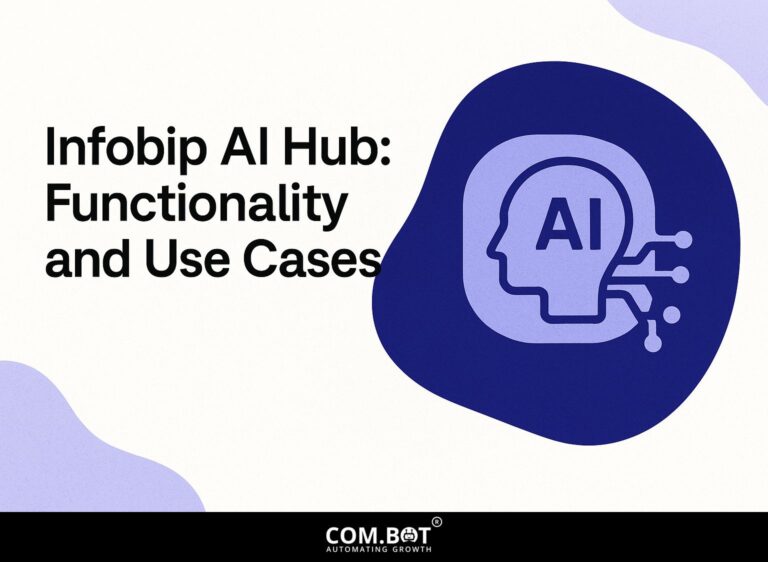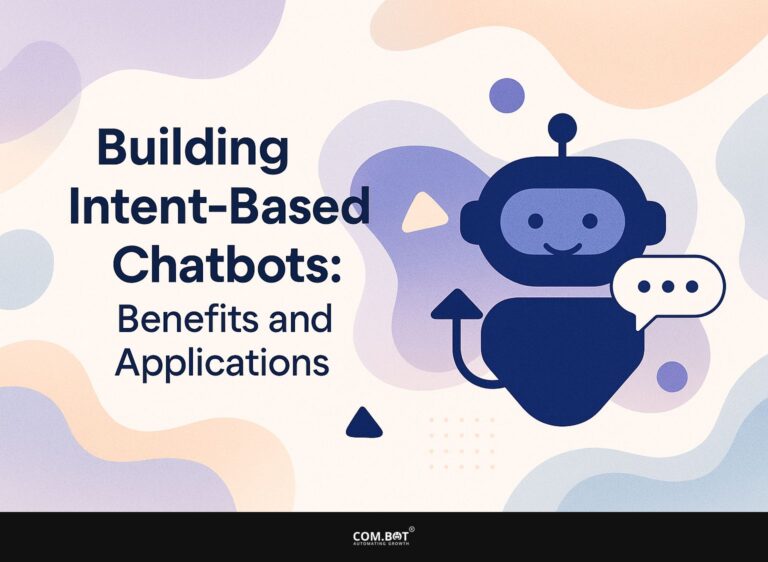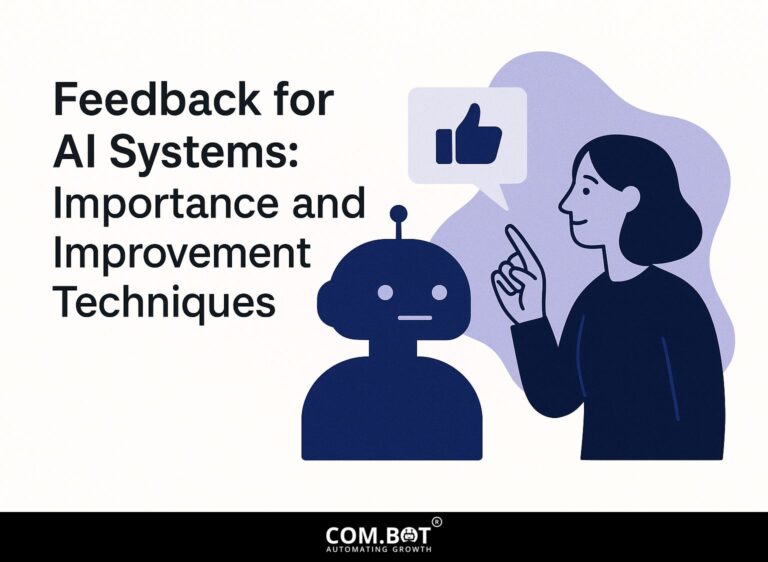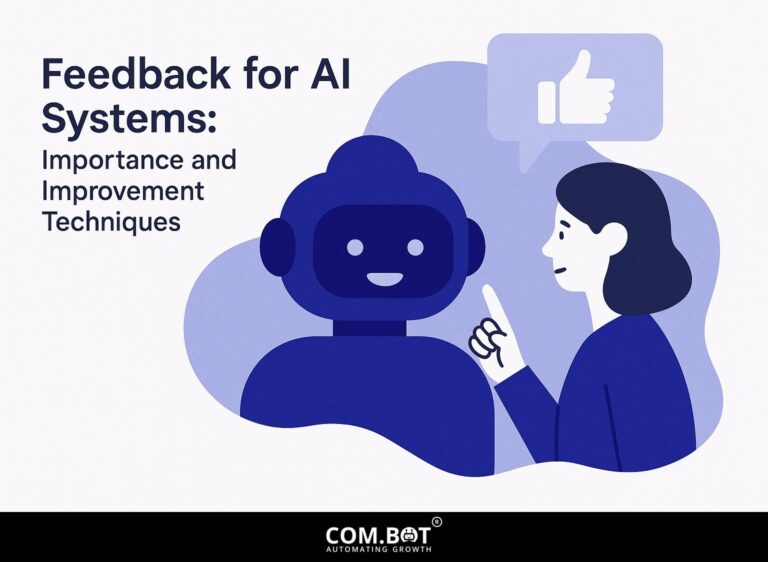Feedback for AI Systems: Importance and Improvement Techniques
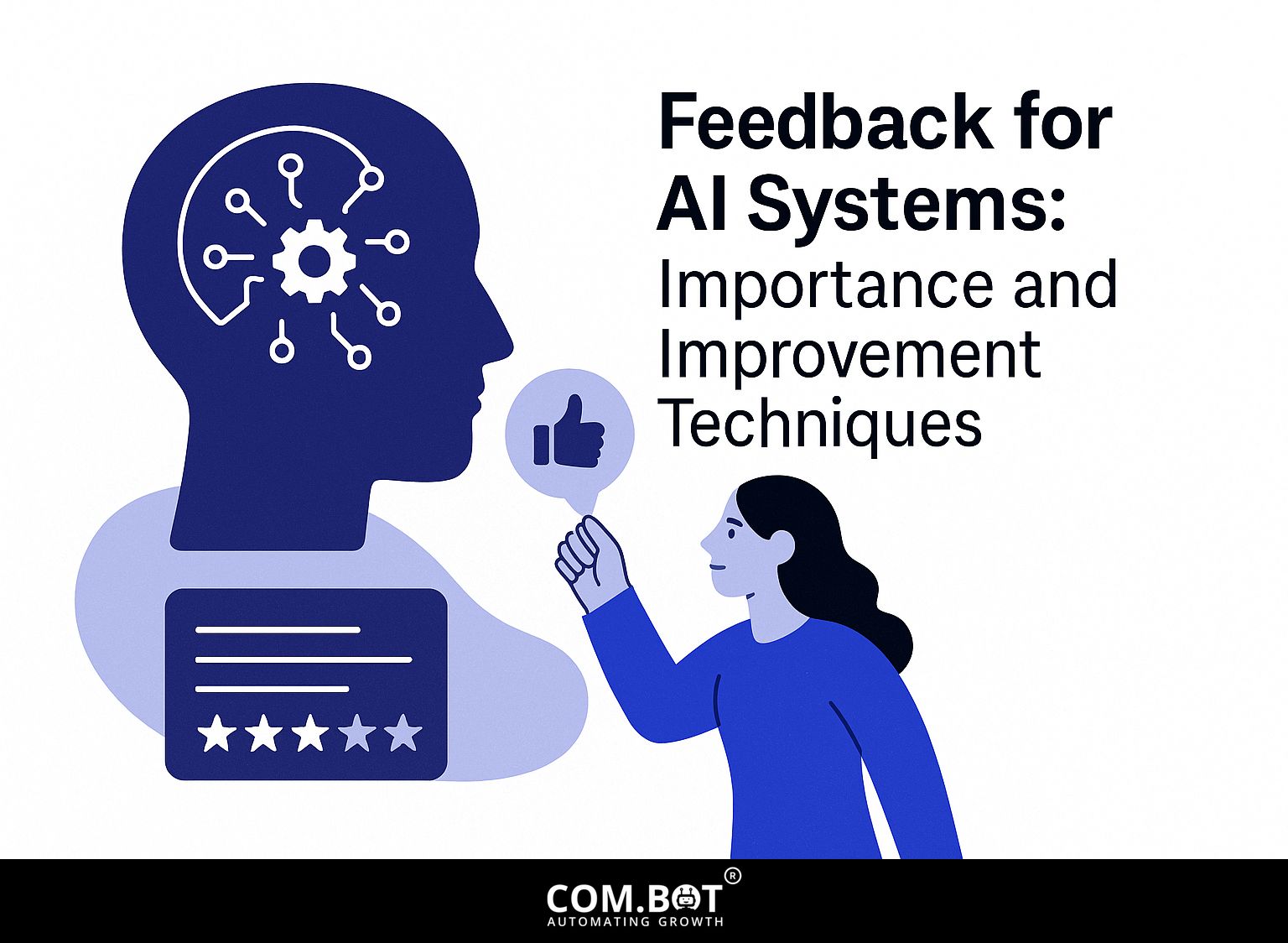
In the fast-changing field of artificial intelligence, human feedback is important for improving machine learning models and making them work better. Tools like Label Studio allow developers to make use of this important input, especially in reinforcement learning situations. This article talks about why feedback matters in developing AI, focusing on practical ways to gather and use user feedback that supports improvement and builds trust in intelligent systems.
Key Takeaways:
- 1 Importance of Feedback in AI Development
- 2 Types of Feedback for AI Systems
- 3 AI Feedback Mechanism Statistics
- 3.1 Bias and Accuracy in AI Feedback Loops: Bias Amplification
- 3.2 Bias and Accuracy in AI Feedback Loops: Accuracy Improvement
- 3.3 Bias and Accuracy in AI Feedback Loops: Algorithmic Change Influence
- 3.4 Bias and Accuracy in AI Feedback Loops: Social Influence of AI
- 3.5 Explicit vs. Implicit Feedback
- 3.6 Real-time vs. Batch Feedback
- 4 Techniques for Gathering Feedback
- 5 Analyzing and Interpreting Feedback
- 6 Implementing Feedback for Improvement
- 7 Challenges in Feedback Integration
- 8 Future Trends in AI Feedback Systems
- 9 Frequently Asked Questions
- 9.1 What is the importance of feedback for AI systems?
- 9.2 How does feedback impact the performance of AI systems?
- 9.3 What are some techniques for improving feedback in AI systems?
- 9.4 Why is it important to continuously monitor and adjust feedback in AI systems?
- 9.5 How can feedback help to make sure AI systems make ethical and fair decisions?
- 9.6 What are the potential risks of not providing feedback for AI systems?
Importance of Feedback in AI Development
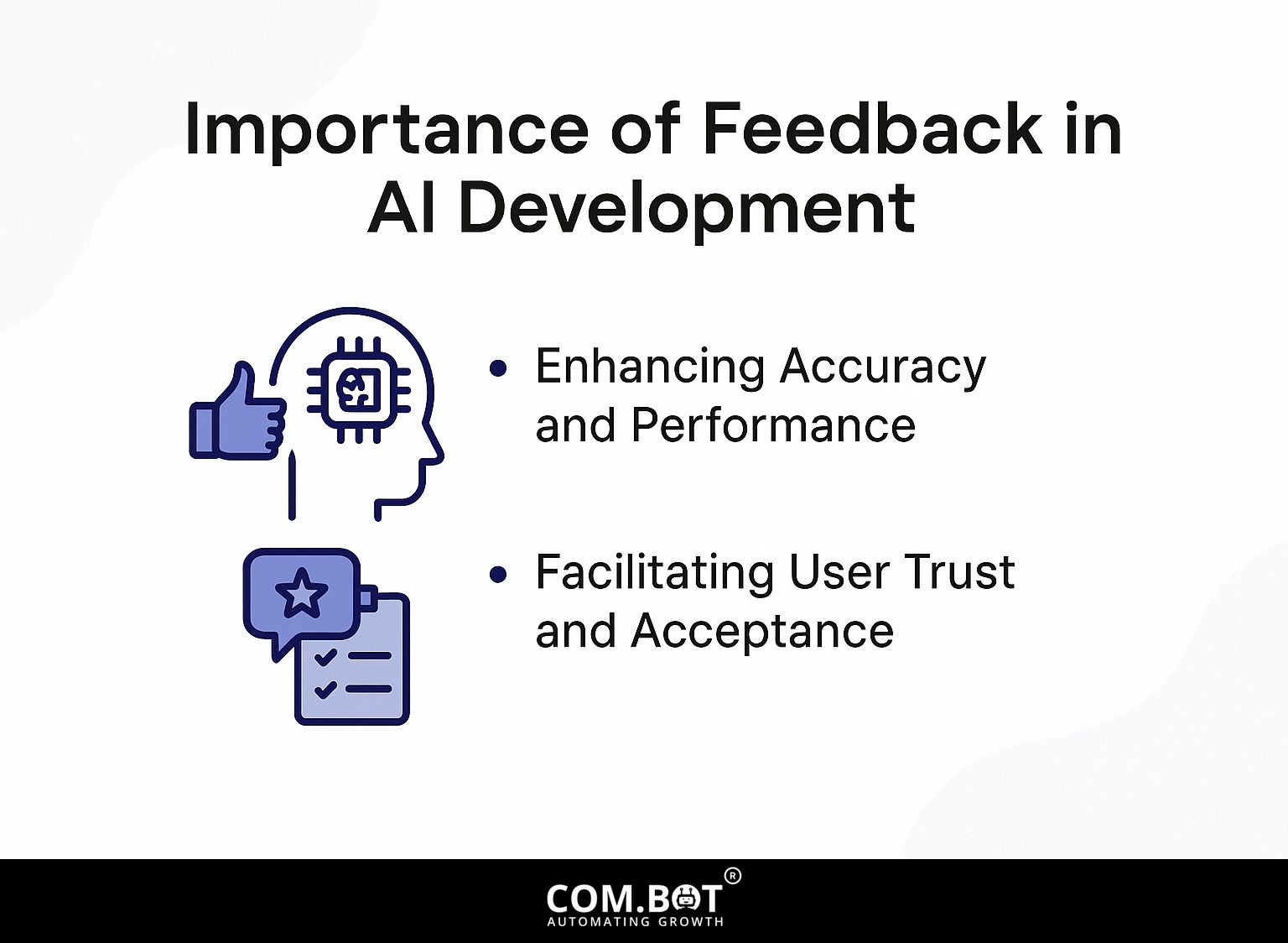
Feedback is very important in AI development. It makes models more accurate and helps users trust automated systems. For those looking to refine these processes, exploring different feedback techniques can significantly enhance model performance and reliability.
Enhancing Accuracy and Performance
Using human feedback can increase model accuracy by up to 30%, enabling AI systems to quickly respond to changing user needs.
One effective method for integrating feedback loops is using tools like Label Studio, which facilitates data annotation and allows users to provide direct feedback on model outputs.
A reinforcement learning model can improve by learning from user feedback, changing its approach based on actions that work well.
By repeatedly training the model and assessing it with human feedback, companies can greatly improve accuracy. This cycle helps fix mistakes and keeps the model up-to-date with user needs, ensuring it stays relevant in changing situations.
Facilitating User Trust and Acceptance
Clear feedback methods have shown to increase user confidence in AI programs by over 40%, leading to wider acceptance.
Carefully examining customer feedback improves user experience. For example, Amazon uses customer reviews to inform product updates, creating a transparent loop where feedback directly influences item improvements.
Tools like SurveyMonkey and Typeform gather useful information, helping businesses connect with users in a meaningful way. Establishing clear channels for users to share their opinions-like visible feedback forms or dedicated forums-demonstrates a commitment to transparency.
This encourages continuous dialogue, elevating user trust and leading to improved overall engagement with AI technologies.
Types of Feedback for AI Systems
Knowing the different kinds of feedback is essential for properly training AI systems and making sure users have a positive experience. For those interested in enhancing AI systems, check out our guide on feedback improvement techniques that delve into the importance and strategies for better AI development.
AI Feedback Mechanism Statistics
AI Feedback Mechanism Statistics
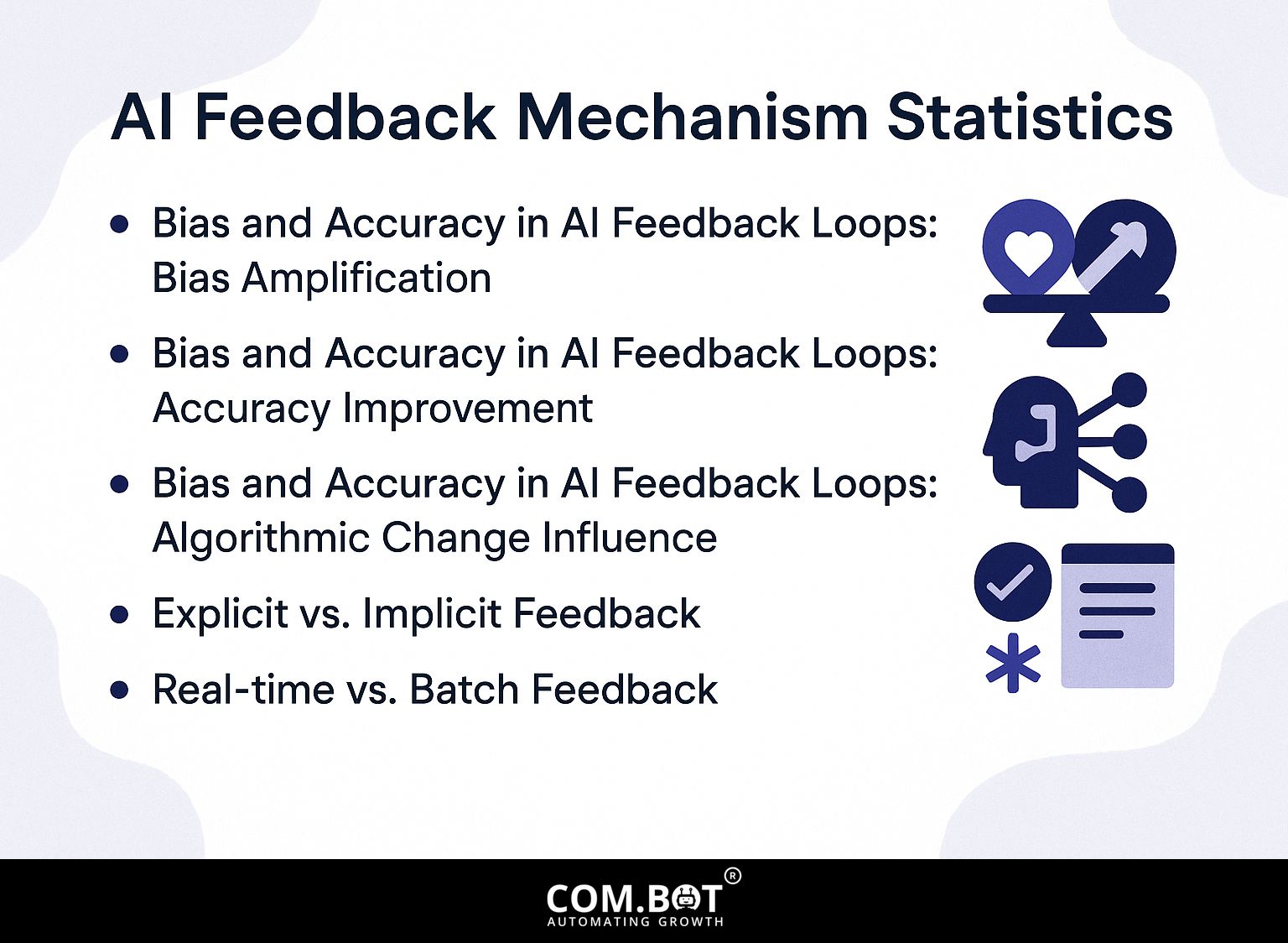
Bias and Accuracy in AI Feedback Loops: Bias Amplification
Bias and Accuracy in AI Feedback Loops: Accuracy Improvement
Bias and Accuracy in AI Feedback Loops: Algorithmic Change Influence
Bias and Accuracy in AI Feedback Loops: Social Influence of AI
The AI Feedback Mechanism Statistics The dataset shows how AI systems affect bias, accuracy, and social interactions. This information is important for creating AI systems that improve decision-making and reduce unwanted biases.
Bias and Accuracy in AI Feedback Loops look into the amplification of bias and accuracy improvements through AI. A significant point is the 56.3% bias in human-AI interaction, compared to a 49.9% baseline bias pre-AI interaction. This 6.4% rise indicates that AI, though intended to be impartial, can unintentionally strengthen existing biases in human interactions, requiring careful handling of bias and openness in AI algorithms.
On the accuracy front, AI systems show a promising improvement. With AI integration, accuracy rises to 96%, compared to a baseline accuracy of 89% without AI. This 7% increase shows that AI can improve decision-making, especially when it is trained with accurate and varied data sets.
The influence of algorithmic changes reveals that bias can increase by 11.54% over interaction time, indicating how prolonged AI interactions might exacerbate biases if left unchecked. However, when feedback systems work well, there’s a 15% reduction in error rates, showcasing the importance of feedback loops in improving AI accuracy and reducing systemic errors.
The Social Influence of AI highlights a concerning trend where selection bias towards white men increases from 32.36% to 38.2% post-AI exposure. This rise highlights how AI systems can continue and make worse societal biases, showing the need for a wide range of training data and ongoing checks to keep AI applications fair and equal.
Overall, the data shows that AI systems can both improve accuracy and decision-making and increase existing biases. To tackle these issues, we need a strong focus on creating algorithms that emphasize fairness, clarity, and inclusivity. It is also important to set up strong feedback systems to keep improving AI behavior.
Explicit vs. Implicit Feedback
Explicit feedback, such as user ratings and surveys, can directly inform AI model adjustments, while implicit feedback captures user behavior patterns subtly.
Explicit feedback can be gathered using tools like SurveyMonkey and Typeform, where users can rate their experiences or suggest improvements. For example, a product might send out a survey after purchase, asking users to rate their satisfaction on a scale from 1 to 10.
Conversely, implicit feedback is collected through analytics platforms such as Google Analytics, which track metrics like time spent on a page and click-through rates. This data lets you see how users interact, showing which features are most popular without requiring direct feedback from users.
Real-time vs. Batch Feedback
Real-time feedback allows for immediate adjustments in AI systems, contrasting with batch feedback that analyzes performance data over time.
Real-time monitoring tools, such as Google Analytics, enable businesses to see how users interact with their websites moment-by-moment. Grasping information quickly allows for faster decisions and improvements, like modifying landing page content according to what users do as they interact.
However, collecting feedback in groups, such as through monthly user surveys, can provide helpful information but might delay making necessary changes.
AI chatbots can rapidly make their replies better with feedback, leading to more accurate answers and better user interactions.
The choice between these methods often depends on the urgency of the feedback needed.
Techniques for Gathering Feedback
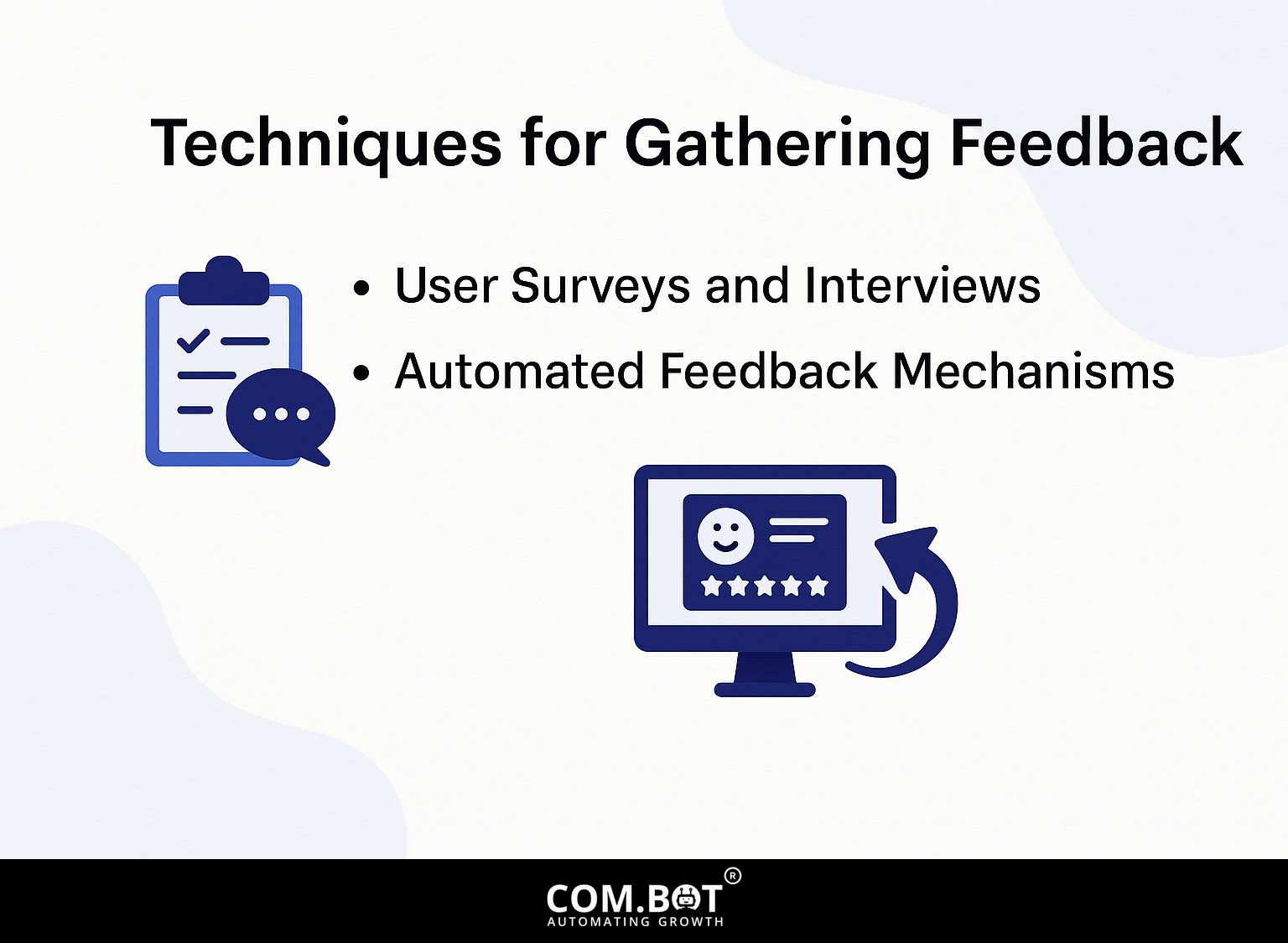
Collecting feedback well is important for making AI systems better and making sure they meet user needs and required standards. For an extensive exploration of methods and their significance, our comprehensive guide on feedback for AI systems provides valuable insights into improvement techniques.
User Surveys and Interviews
User surveys and interviews can provide detailed feedback, offering information that numbers alone might not show.
To make effective surveys using tools like Typeform, begin by writing open-ended questions that encourage detailed answers, such as ‘What issues do you face with our product?’ Use conditional logic to adjust the survey, directing users to specific questions based on their previous answers.
For interviews, prepare a semi-structured format with core questions and allow flexibility for follow-up queries based on responses. This method encourages more meaningful discussions.
Recording interviews with tools like Otter.ai can help capture detailed feelings you might not notice.
Automated Feedback Mechanisms
Tools like in-app notifications and chatbots make the feedback process easier and improve how users engage.
To create effective feedback systems, use AI chatbots like Drift to collect user feedback. Start by programming the bot to ask targeted questions after specific actions, such as completing a purchase or using a feature.
For example, after someone completes a tutorial, Drift can ask them, “How helpful was this tutorial?” Use their answers to make your AI model better and improve interactions later on.
Regularly analyze feedback trends to adjust your approach, ensuring a responsive and user-centric experience.
Analyzing and Interpreting Feedback
Analyzing and interpreting feedback is important for converting user comments into helpful data for AI programs.
- Start by gathering feedback through surveys or direct user interviews to get both detailed opinions and numbers.
Tools like Tableau can help visualize this data effectively; for example, you can create bar charts to compare satisfaction ratings across features.
For deriving performance metrics, consider tracking Net Promoter Score (NPS) or customer satisfaction (CSAT) scores over time.
Regularly assess these metrics to identify trends or areas needing improvement, enabling a responsive approach to user needs and ensuring your AI systems evolve based on user feedback.
Implementing Feedback for Improvement
Using feedback well turns user opinions into real changes in AI systems, which improves how they work overall.
To integrate feedback into AI models, begin by establishing a collaborative environment with stakeholders. Use tools like JIRA to track feedback implementation and prioritize tasks, creating clear action items.
For example, sort feedback into ‘urgent,’ ‘high priority,’ and ‘low priority’ to simplify the review process. Set up regular meetings to gather feedback and check changes, ensuring they meet users’ needs.
By maintaining open communication and making changes based on immediate feedback, teams can significantly improve the model’s performance and increase user satisfaction.
Challenges in Feedback Integration
Adding feedback to AI systems can be difficult and may affect how well they work and how happy users are.
These challenges include data ambiguity, where unclear feedback leads to misinterpretation, and cognitive biases that can skew system learning.
To tackle these problems, think about using feedback tools such as Qualtrics to analyze survey results or platforms like UserTesting to observe user interactions directly. Pair these with machine learning models trained on diverse datasets to better understand user needs.
Regularly updating how you gather feedback helps improve performance and increases user engagement by providing more accurate responses.
Future Trends in AI Feedback Systems
AI feedback systems will increasingly use machine learning to make feedback loops more advanced.
Generative AI will be important for handling feedback quickly, enabling systems to look at user interactions more thoroughly.
For example, in healthcare, AI can monitor patient feedback on symptoms and treatment efficacy instantly, enabling rapid adjustments in care plans. Similarly, customer service can benefit from predictive monitoring, where AI anticipates inquiries based on prior data, streamlining support responses.
Industries should invest in machine learning tools such as TensorFlow or PyTorch to create better feedback systems, helping them remain competitive as conditions change. Worth exploring: Feedback for AI Systems: Importance and Improvement Techniques.
Frequently Asked Questions
What is the importance of feedback for AI systems?
Feedback is important for AI systems because it helps them to keep getting better and learn from past experiences. It also helps find and fix any mistakes or unfairness in the system’s algorithms, leading to more accurate and trustworthy results.
How does feedback impact the performance of AI systems?
Feedback is important for improving how AI systems work. It allows the system to change and modify its algorithms, leading to improved decision-making and more effective problem-solving abilities.
What are some techniques for improving feedback in AI systems?
Some techniques for improving feedback in AI systems include using human-in-the-loop approaches, incorporating diverse data sets, and implementing reinforcement learning. These methods can improve the accuracy and reliability of the feedback the system gets.
Why is it important to continuously monitor and adjust feedback in AI systems?
AI systems are always improving, and their performance can vary over time. By regularly reviewing and updating the feedback, the system can manage new patterns and make better decisions, resulting in more accurate and reliable outcomes.
How can feedback help to make sure AI systems make ethical and fair decisions?
Feedback helps AI systems find and fix biases or mistakes in their algorithms, promoting fair and ethical choices. Using different data sources and having people oversee the system can help reduce potential bias in its decision-making.
What are the potential risks of not providing feedback for AI systems?
If we don’t give feedback for AI systems, they might develop algorithms that are wrong, unfair, or old, leading to bad decisions and untrustworthy outcomes. It can reduce the system’s ability to change and get better over time, affecting its overall function and possible effects.

